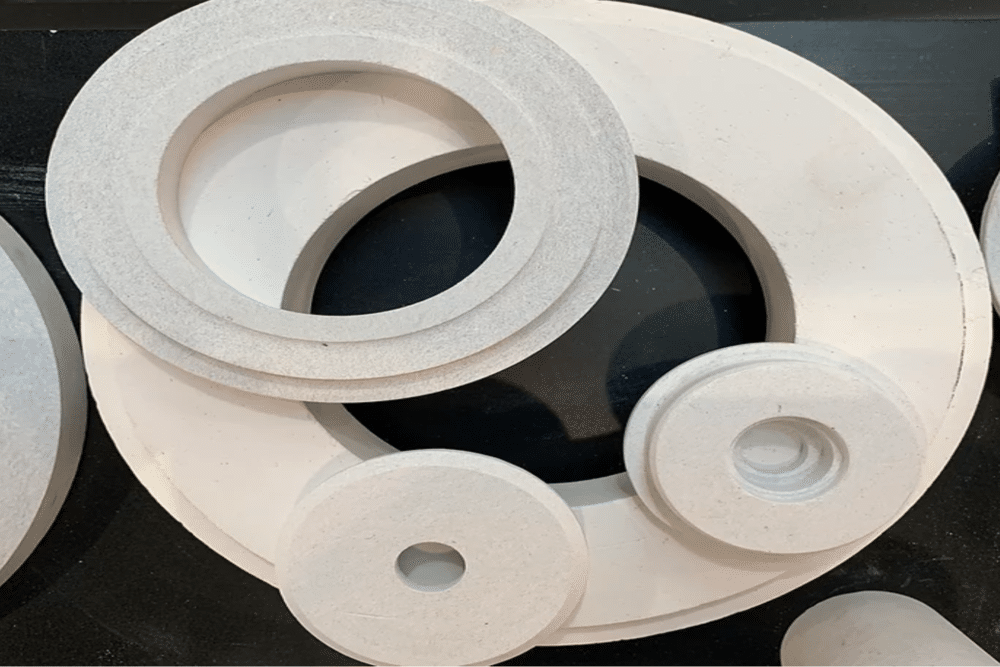Fire Partitions Solutions
- Home
- »
- Fire Partitions
Top Fire Partition Solutions for Fire-Safe Pathways
In the bustling industrial landscape of China, FireSafe stands at the forefront as a leading manufacturer and supplier of high-quality fireproof boards. Our products form the backbone of fire-rated duct systems, playing an essential role in fireproof partitions extensively used in buildings, both civil and industrial, across the world.
Our fire partition solutions offer unparalleled customization, efficiency, and reliability. This enables us to meet the diverse requirements of our clients and provide unrivaled passive fire protection.
Passive Fire Protection One-Stop Solution
The Ultimate Guide to Fire Partitions
Introduction
Welcome to our comprehensive guide on fire partitions. At FireSafe, we aim to provide you with practical insights into the importance of fire partitions and how they can be effectively implemented to protect both property and lives.
Fire partitions are essential components in any building. They are designed to slow down or prevent the spread of fire and smoke, compartmentalizing different areas to provide valuable time for evacuation and minimize damage. Whether you are a building owner, architect, or safety professional, understanding the role and benefits of fire partitions is crucial.
In this guide, we will explore the different types of fire partitions, their specific functions, and the materials used in their construction. We will also discuss the relevant testing standards and regulations that ensure their effectiveness. Our goal is to equip you with the knowledge needed to make informed decisions about fire safety in your buildings.
Let’s dive in and discover how FireSafe’s fire partitions can enhance the safety and resilience of your spaces.
Table of Contents




About Fire Partitions
What is a Fire Partition?
A fire partition is a fire-resistant barrier used in buildings to slow down or prevent the spread of fire and smoke between different areas. Typically constructed from materials such as gypsum board or calcium silicate board, fire partitions compartmentalize spaces, providing crucial time for occupants to evacuate safely and reducing property damage.
Imagine a building as a giant honeycomb. Each honeycomb cell is its own little world, separated and secure. That’s the essence of fire partitions – they transform a building into a series of isolated, self-sufficient spaces. These vertical or horizontal assemblies form the interior of a building. When a fire breaks out, these partitions act as speed bumps, slowing down the spread of flames and smoke, making the environment safer, and providing those critical extra moments for building occupants to evacuate.


What is the difference between a fire partition and a fire wall?
Both fire partitions and fire walls resist fire spread, but they serve different purposes.
A fire wall acts like a fortress, separating structures or different occupancies within a building. According to the International Building Code (IBC), fire walls extend continuously from the foundation to or through the roof and have a higher fire resistance rating to maintain structural stability under intense heat.
In contrast, a fire partition is like a well-trained security guard, controlling access between areas without heavy defenses. Fire partitions compartmentalize spaces within a building, slowing the spread of fire and smoke. They are made from materials like gypsum board or calcium silicate board and extend from the floor to the underside of the roof or the next floor above.
What is the difference between a Fire Barriers and a Fire Partitions?
If fire partitions are security guards and fire walls are fortresses, then fire barriers are the special forces of fire resistance. Though fire barriers, like fire partitions, compartmentalize a building, their mission is more extensive. They restrict both horizontal and vertical spread of fire, hot gases, and smoke, providing an extra layer of protection. In essence, they’re a heightened form of fire partitions – exit stair enclosures, exit passageways, and horizontal exits are good examples.

It’s important to navigate these nuances carefully. Using the right component for each specific building structure and fire safety requirement ensures we can create safe, resilient spaces. The use of robust materials, like calcium silicate boards in fire partitions, can further enhance this fire resistance, subtly underlining the role of quality materials in ensuring effective fire protection.
The Importance Of Fire Partitions In A Building
How Fire Partitions Control Fire Spread
Imagine a fire breaking out in an apartment building. Without fire management, the flames would quickly consume the entire structure. However, if the building is equipped with fire partitions, the story changes. These internal, fire-resistant walls act as unseen heroes. They transform the building into separate ‘fire compartments’, each acting as a barrier that contains the fire to a specific area and stalls its spread. This crucial partitioning provides residents with the critical time they need to escape safely.
Fire Partitions: More Than Just Walls
Fire partitions, whether horizontal or vertical partitions, do more than divide space. They are strategic barriers in the fight against fire propagation. For example, in a multi-dwelling unit like an apartment building, fire partitions separate individual units. It’s like having multiple small, contained rooms instead of one large open space, effectively slowing down fire progression. High-quality materials like calcium silicate boards can further enhance this fire resistance, subtly highlighting the role of superior materials in fire partition construction.
Remember, a well-implemented fire partition system can mean the difference between a fire spreading out of control and a fire being contained, controlled, and eventually extinguished. The right understanding and the right tools are critical in this regard.
Key Influences on Fire Test Results
Horizontal Fire Partitions: Key to Fire Safety
In a multi-story building, the floors and ceilings that separate each story are more than just structural elements; they are horizontal fire partitions. Also known as horizontal compartmentations or fire-rated floor and ceiling assemblies, these horizontal shields play a vital role in:
- Containing the horizontal spread of fire
- Turning the structure into separate layers
- Acting as fortresses against fire
By preventing fire from moving across floors, these partitions grant critical escape time for occupants. A typical example is the fire-resistant floor that separates stories in a high-rise building.


The Anatomy of Vertical Fire Partitions
In an apartment building, the interior walls that separate one apartment from another are vertical fire partitions. These walls rise vertically to divide sections or rooms, acting as essential barriers against fire. Constructed with high fire-resistance materials like calcium silicate board, they work tirelessly to prevent fire, flames, and smoke from spreading upwards. In multi-dwelling units, vertical fire partitions ensure that a fire in one apartment does not quickly spread to adjacent ones.
Practical Applications of Fire Partitions in Buildings
Partitioning in buildings is essential for safety and functionality. From shopping malls to hotels and multi-story office buildings, partitions play a key role in construction and design.
Shopping Malls: Each store is separated by barriers that define space and prevent rapid fire spread. These barriers, often load-bearing compartment floors, maintain spatial boundaries and act as a bulwark against fire.
Hotels: Both horizontal and vertical partitions delineate areas like guest rooms, kitchens, and laundry spaces. These partitions contribute to the structure’s load-bearing function and restrict the reach of potential fires, safeguarding large sections of the building.
Regardless of the type of establishment, partitioning systems work together to form a strong line of defense against fire spread.
The Inner Workings of Fire Partitions
Fire Resistance Rating: Time is of the Essence
Understanding the fire resistance rating is crucial for choosing the right fire partitions for your building. This rating measures how long a building component can withstand fire, essentially acting as the stamina of fire partitions. The higher the rating, the longer the partition can resist the blaze, providing crucial time for evacuation and minimizing damage. Typically measured in hours, this rating helps you select the most effective fire partitions. For instance, a firewall facing intense fire conditions may require a partition with a higher fire resistance rating.

Building Materials for Fire Partitions
When it comes to fire partitions, choosing the right materials is crucial. Non-combustible materials like gypsum board and calcium silicate board are essential for their strength and durability. These materials withstand high temperatures while retaining their structural integrity, ensuring that fire partitions effectively resist heat, flames, and hot gases. This robustness provides crucial protection, helping to safeguard buildings and occupants during a fire.
The Double Duty of Fire Partitions: Smoke Barriers
Fire partitions don’t just combat flames; they also fight against smoke, which can be as dangerous as the fire itself. Smoke barriers, designed to limit the spread of smoke, are crucial for buying precious evacuation time. Whether vertical or horizontal, these partitions shield spaces, including independent ceilings and multi-dwelling units, from smoke. By ensuring both fire and smoke are controlled, fire partitions are a vital part of any fire protection plan, enhancing safety and saving lives.

Decoding Fire Partitions
The Critical Role of Load-Bearing Fire Partitions
Fire partitions are not just plain walls; some shoulder significant responsibilities. Load-bearing fire partitions support the weight of the building’s floors or roofs in addition to their own. However, not all fire partitions bear loads. Some serve as barriers, part of a broader network of fire and smoke barriers within a building. Regardless of their role, all fire partitions are essential in maintaining a building’s integrity under the harshest conditions.
Why Choose FireSafe BOARD?
- High Temperature Resistance: Withstands temperatures over 1000℃ for up to four hours.
- Structural Strength: Maintains excellent structural strength, ensuring safety and stability.
- Reliable Protection: Ideal for designing and constructing fire partitions that protect your building and occupants.
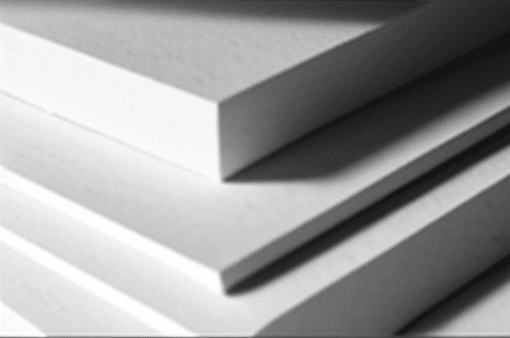
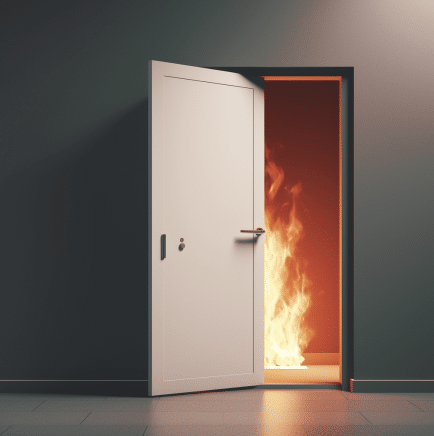
Fire Doors in Fire Safety
Fire doors are crucial components within fire partition systems. These gatekeepers are designed to resist fire and limit its spread, significantly enhancing the overall fire resistance. More than just doors, they provide safe exit routes during emergencies, acting as lifelines for building occupants.
Sealing Vulnerable Spots in Fire Partitions
Fire partitions are designed to resist fire, but their effectiveness can be compromised at the junctions with floors or roofs. These vulnerable spots require sealing with fire-rated sealants to prevent flames and smoke from spreading. Proper installation is crucial to maintaining the integrity of fire partitions, ensuring they effectively resist fire. Whether part of a high-challenge firewall or a one-hour rated partition in a residential building, every element plays a vital role in maintaining building safety.
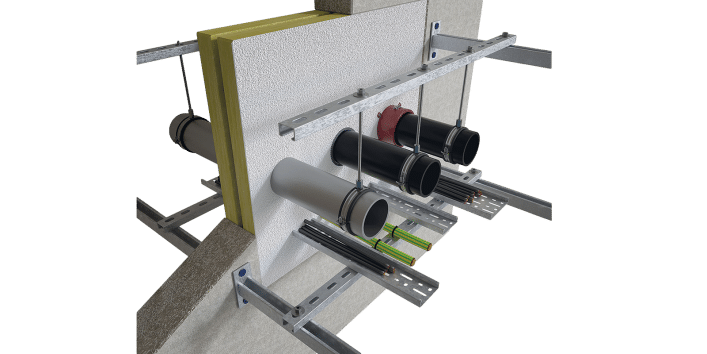
Assessing Fire Partitions: Tests and Code Regulations
The Rigorous Testing Regime
Fire partitions are not just constructed and installed; they undergo rigorous tests to ensure effectiveness. These stringent evaluations confirm their ability to resist fire and smoke under real fire conditions. From walls to fire doors, every element of the fire partition system is exposed to high temperatures and hot gases, simulating the intense scenarios they might face in a building.
Key Benefits of Tested Fire Partitions:
- Reliability: Ensures your building’s fire protection system is dependable.
- Safety: Provides peace of mind knowing that all elements have been rigorously tested.
- Compliance: Meets industry standards and regulations for fire safety.
Measuring Up to Test Standards
A multitude of test standards assess fire partitions, each zeroing in on different performance parameters. They measure aspects such as fire resistance rating, the structural integrity under fire conditions, and the capability to restrain the spread of fire and smoke. The fire resistance test is a common evaluation, subjecting a partition sample to specific fire and heat conditions to see how long it can hold its ground.
The International Building Code (IBC)
The International Building Code (IBC) presents a comprehensive set of minimum requirements that all fire partitions must meet. It dictates specifics on fire resistance ratings, mandates the use of non-combustible materials such as calcium silicate board, and establishes the criteria for fire and smoke barriers. According to the IBC, most buildings require fire partitions to have a minimum one-hour fire resistance rating. However, this can vary based on the type of building and its overarching fire protection system. Adherence to these IBC regulations is non-negotiable—it’s key to ensuring that buildings are safe, and that the fire partitions within them are up to the task.
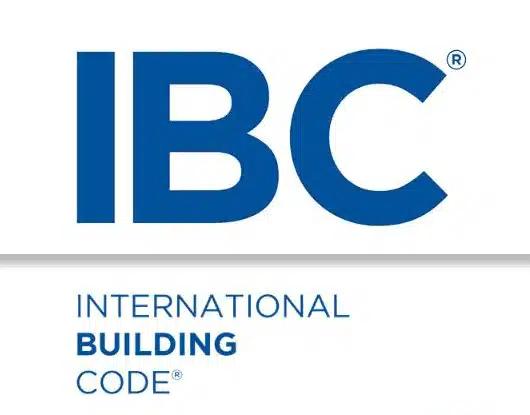
Frequently Asked Questions
We have compiled the most frequently asked questions about our products for fire rated ductwork here for your convenience, but please feel free to contact us if you have any additional questions.
Contact our technical experts today with the details of your design and we will recommend the right product for you based on our experience.
FRL stands for Fire Resistance Level. It refers to the ability of building components to withstand fire under test conditions for a specific period of time (usually 30 minutes and its multiples, such as 60, 90, 120, or 240 minutes). FRL is determined based on three key properties: structural integrity, thermal insulation, and load-bearing performance.
For example, an FRL of 240 minutes means that after 240 minutes of fire exposure, the building component must meet the standard acceptance criteria for all three properties. FRL is an essential factor to consider in passive fire protection design, ensuring that buildings can resist and contain fires, providing precious time for occupants to evacuate and for firefighters to control the blaze.
Yes. We can supply you with all the main materials and accessories you need during the installation of the fire duct.
A “fire barrier” is a structure that has a minimum one-hour fire resistance rating. Depending on the type of occupancy of a particular building, the rating can be extended to a four-hour rating. In contrast, “fire partitions” must have at least a 30-minute rating for certain types of occupancies. Otherwise, the fire partition must have a one-hour rating.
Yes. Contact customer service today for a reasonable and precise board quote. Include specific details including but not limited to size, thickness, application and FRL.
For as low as one cube meter of fireproof boards, you can secure your order and we can manufacture and deliver it to you according to your requirements.
It takes us around 15 to 30 business days to produce the fire rated boards. On the other note, the transit time will take 7 to 15 business days. Reach us online for your custom and bulk orders so we can explain the actual turnaround time based on the specific details of your order.
Surely! You can always request a sample before place the bulk order. Sample time usually will take 2-3 days, depends on the specifications you need.
Request a sample now!
Request an Instant Quote for Your Projects!
If you’ve got passive fire protection concerns and specific requirements, it’s time to speak to one of our Industry Experts. We’re glad to answer any questions you may have!





